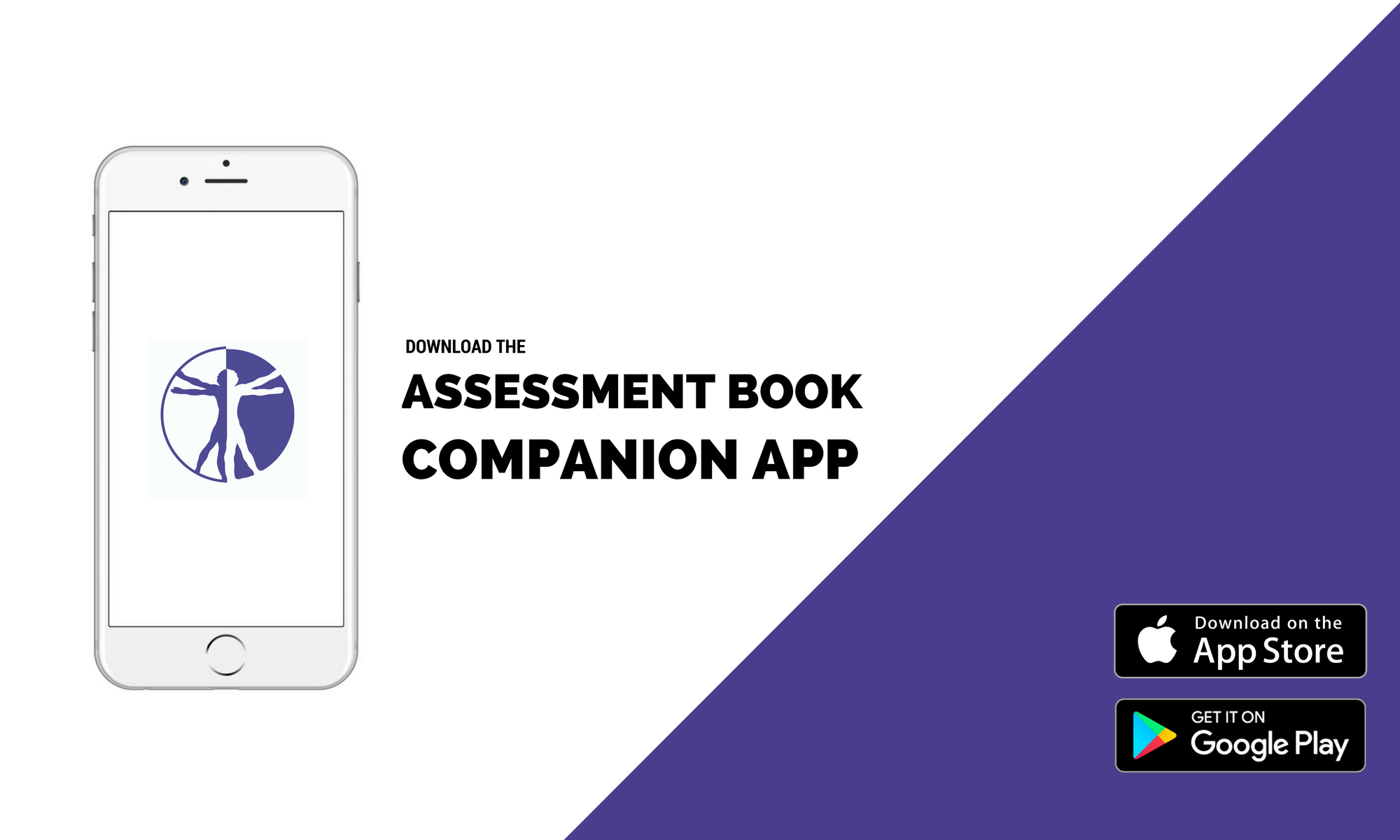Execution:
- Have the patient in a comfortable position with the affected limb exposed
- Place the stethoscope on a bony prominence of the affected bone proximal to the suspected site of fracture. If there is swelling, place the stethoscope on the swelling
- Strike the tuning fork to make it vibrate and put it on the bone distal to the suspected fracture.
- The examiner carefully listens 6-8 seconds and compares the sound conduction with the unaffected limb
Positive outcome: Diminished or absent sound on the injured limb
|
Study |
Reliability | Sn | Sp | LR+ | LR- |
| Mughuntan et al. (2014) | NA | 75-100 | 18-95 | 1.1-4.2 |
0.21-0.49 |
| Toney et al. (2016) | NA | 75-92 | 18-94 | NA | NA |
| Comment: The review by Mughuntan et al. (2014) assessed the accuracy of the tuning fork auscultation in different body regions. Stress fractures might not be identified as the bone shell is still more or less intact. | |||||
![]()
